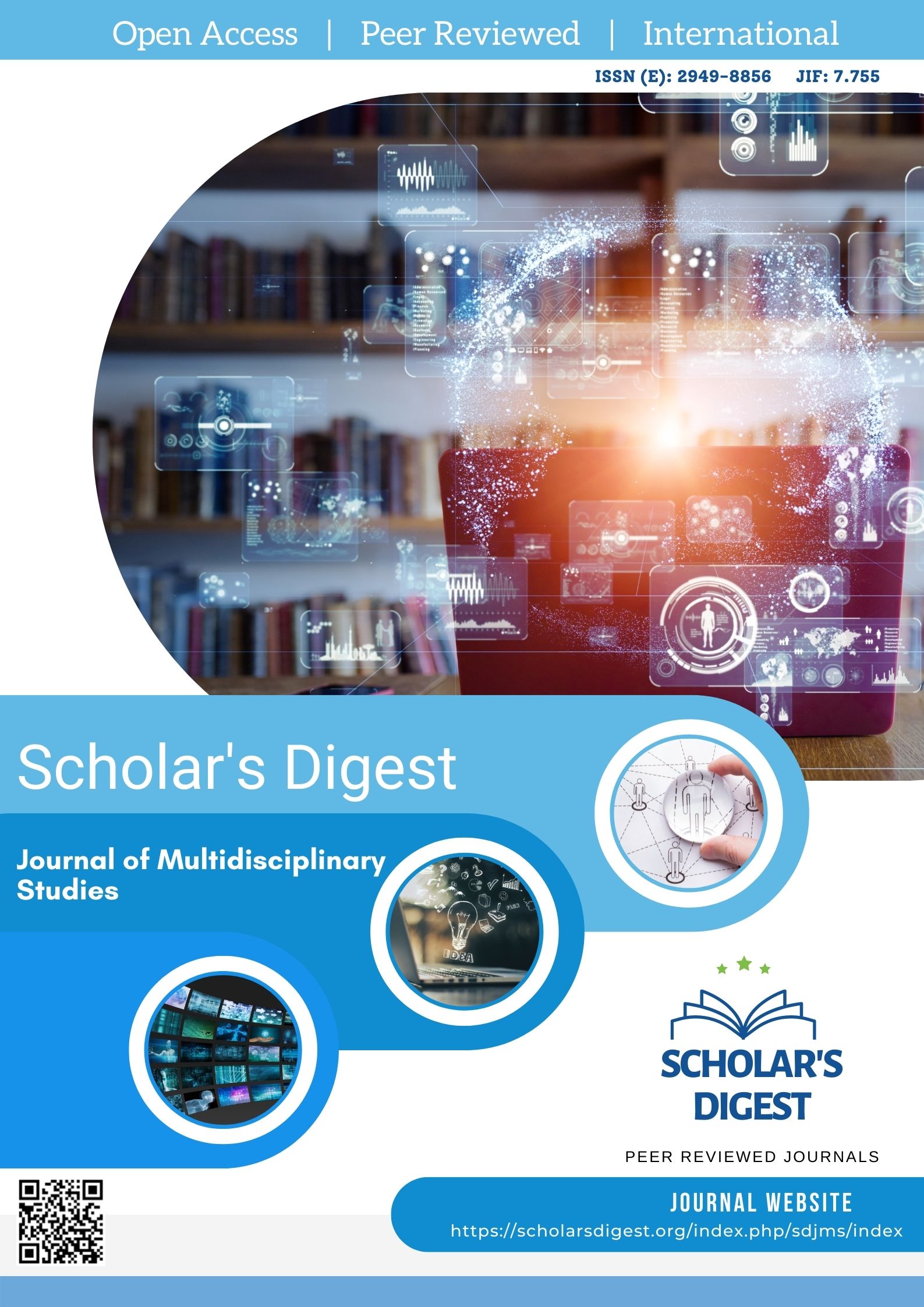IMPACT OF WORLD BANK PROJECTS ON HUMAN CAPITAL AND IMPLEMENTATION STRATEGIES
Keywords:
World Bank, human capital, implementation strategies, education, healthcare, social protection.Abstract
This article examines the influence of World Bank projects on human capital and the strategic implementations used to achieve developmental goals. The analysis suggests that World Bank initiatives have significantly influenced human capital development, primarily through education, healthcare, and social protection strategies. The paper proposes recommendations for enhancing the effectiveness of World Bank projects based on the research findings.
References
Alderman, H., & Yemtsov, R. (2014). How can safety nets contribute to economic growth?. The World Bank Economic Review, 28(1), 1-20.
Becker, G. S. (1994). Human capital revisited. In Human Capital: A Theoretical and Empirical Analysis with Special Reference to Education (3rd Edition). The University of Chicago Press.
Birdsall, N., Savedoff, W. D., & Mahgoub, A. (2021). Cash on Delivery: A New Approach to Foreign Aid. Center for Global Development.
Dessus, S., & Badre, B. (2019). Human capital and growth in the twenty-first century. Development Policy Review, 37(2), 185-204.
Easterly, W. (2002). The Elusive Quest for Growth: Economists' Adventures and Misadventures in the Tropics. MIT Press.
Grepin, K. A., & Klugman, J. (2013). Closing the deadly gap between what we know and what we do: Investing in women’s reproductive health. World Bank.
Independent Evaluation Group. (2011). World Bank Group Impact Evaluations: Relevance and Effectiveness. World Bank Publications.
Lee, J. W., & Lee, H. (2016). Human capital in the long run. Journal of Development Economics, 122, 147-169.
Morduch, J. (2018). The role of subsidies in microfinance: evidence fromthe Grameen Bank. Journal of Development Economics, 60(1), 229-248.
Oketch, M., McCowan, T., & Schendel, R. (2020). The impact of tertiary education on development. International Journal of Educational Development, 70(1), 102139.
Pillay, P. (2010). Higher education and economic development literature review. Centre for Higher Education Transformation, 1-21.
Psacharopoulos, G., & Patrinos, H. A. (2018). Returns to investment in education: a decennial review of the global literature. Education Economics, 26(5), 445-458.
Riddell, A. (2007). The World Bank's new Development Strategy and Implementation Plan for Education: A critique. Journal of Education Policy, 22(5), 567-578.
Schultz, T. W. (1993). The Economic Importance of Human Capital in Modernization. Education Economics, 1(1), 13-19.
Soto, M. & Scheiber, L. (2021). Social protection and the World Bank: Inventing a new strategic framework. Progress in Development Studies, 21(1), 45-65.
Wagstaff, A., Bredenkamp, C., & Buisman, L. R. (2016). Progress toward the health MDGs: Are the poor being left behind? World Bank Research Observer, 29(2), 137-
World Bank. (2021). World Development Report 2021: Data for Better Lives. World Bank Group.
Downloads
Published
Issue
Section
License

This work is licensed under a Creative Commons Attribution-NonCommercial 4.0 International License.








